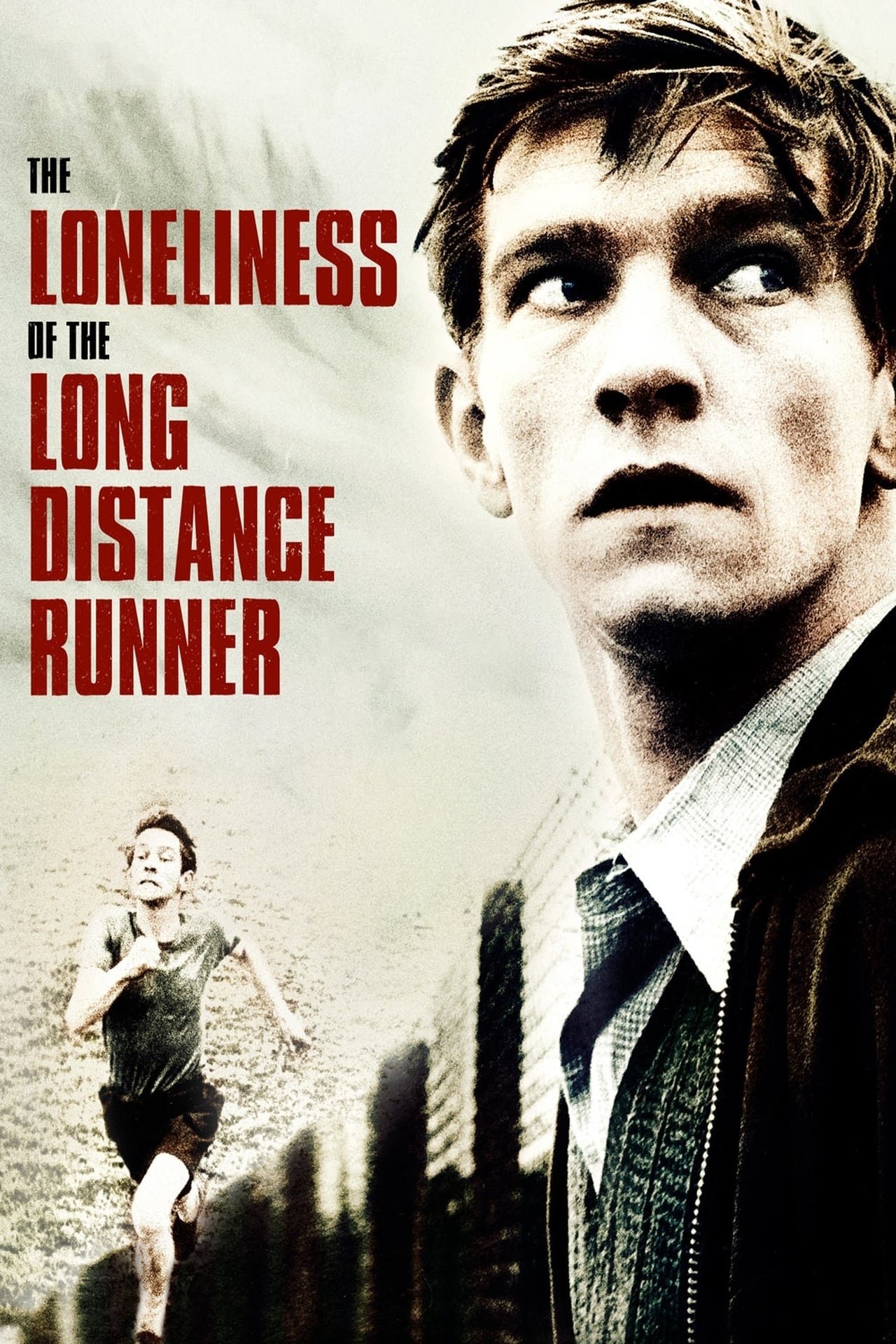
10 Interesting Facts and Figures About “The Loneliness of the Long Distance Runner” (1962)
“The Loneliness of the Long Distance Runner,” directed by Tony Richardson, is a classic British film that explores themes of rebellion, social class, and the struggle for individuality. Released in 1962, this cinematic gem is known for its poignant storytelling and powerful performances. Here are ten fascinating facts and figures about the film that highlight its significance in British cinema.
1. Based on a Short Story
The film is adapted from a short story by Alan Sillitoe, published in 1959. Sillitoe, a key figure in the British literary movement known as the “Angry Young Men,” infused the narrative with a sense of realism that resonated with audiences.
2. Iconic Performance by Tom Courtenay
Tom Courtenay played the lead role of Colin Smith, delivering a performance that earned him critical acclaim. His portrayal of a disillusioned youth captured the essence of the working-class experience in post-war Britain.
3. A Landmark in British New Wave Cinema
Released during the British New Wave movement, “The Loneliness of the Long Distance Runner” is often credited as one of the pivotal films of this era, showcasing a raw and gritty realism that challenged the norms of British filmmaking at the time.
4. Shot on Location
The film was shot on location in Nottingham, which added an authentic backdrop to the story. The use of real streets and landscapes contributed to the film’s realistic tone and grounded the narrative in the everyday lives of its characters.
5. The Role of Music
The score for the film was composed by the legendary British composer, John Barry. His music complements the film’s emotional depth, enhancing the atmosphere and helping to convey the protagonist’s internal struggles.
6. The Symbolism of Running
Running serves as a central metaphor in the film, representing both freedom and confinement. Colin’s solitary runs symbolize his desire to escape societal constraints, while also illustrating the loneliness that accompanies his quest for individuality.
7. Reception and Awards
Upon its release, the film received critical acclaim and was nominated for numerous awards. It won the BAFTA Award for Best British Film and solidified its place in the annals of British cinema.
8. Influence on Future Films
The film has influenced numerous filmmakers and continues to be referenced in various works. Its themes of social rebellion and personal struggle resonate in many contemporary films, establishing it as a touchstone of British cinema.
9. The Legacy of Tony Richardson
Tony Richardson, the film’s director, was a prominent figure in the British New Wave movement. His innovative storytelling and focus on social issues paved the way for future generations of filmmakers, marking him as a significant influence in the industry.
10. Cultural Impact
“The Loneliness of the Long Distance Runner” remains a significant cultural artifact, reflecting the social and political climate of 1960s Britain. Its exploration of class struggle and the search for identity continues to resonate with audiences today.
Conclusion
“The Loneliness of the Long Distance Runner” is more than just a film; it is a poignant exploration of the human condition. Through its compelling narrative and rich character development, it offers a window into the struggles of the working class while highlighting the universal themes of isolation and the pursuit of freedom. As we reflect on its impact, it is clear that this classic film has left an enduring legacy in the world of cinema.
Discover more from Anglotees
Subscribe to get the latest posts sent to your email.
